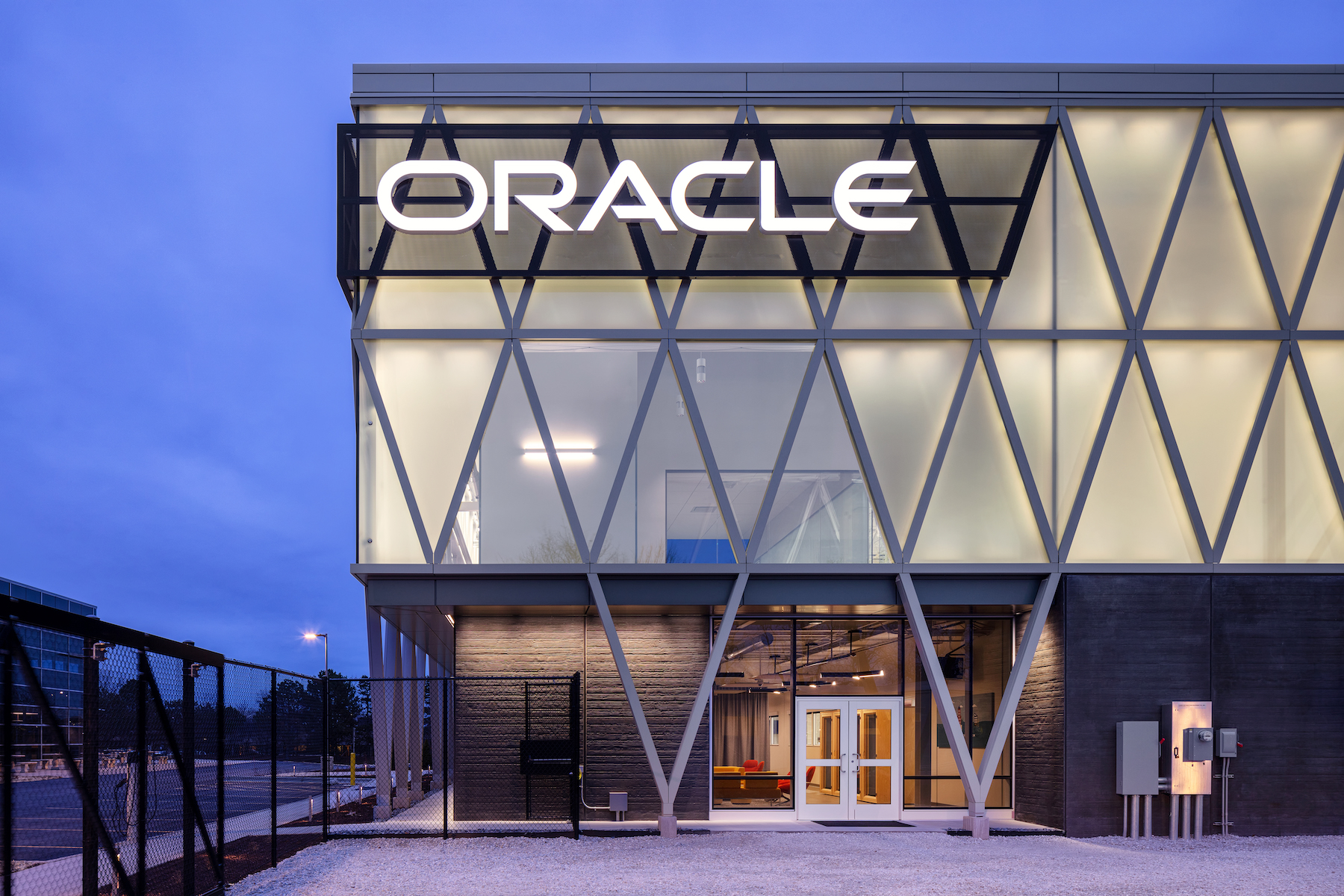The Oracle Industry Lab in Chicago, which provides customers in multiple industries the opportunity to test new technologies, recently opened. It is the first such facility for the IT giant that plans to add labs in England and Australia later this year. The lab provides customers a hands-on environment to develop new ideas and create solutions with technology from Oracle and more than 30 industry partners, according to a news release.
The new 30,000 sf facility located in Deerfield, Ill., supported by Verizon 5G Ultra Wideband, will first focus on the energy and water, construction and engineering, communications, and manufacturing industries. Customers can test robot dogs, artificial intelligence, and drones at the lab to apply to some of their most difficult challenges.
“The core technology used in the world’s most essential industries doesn’t run in an office, it runs on a construction site, in the utility operations center, on the manufacturing floor,” said Mike Sicilia, executive vice president of Oracle’s vertical industries. “The lab brings these scenarios to life so that collectively, customers, partners, and Oracle can create solutions to fuel opportunity and solve the really tough problems these industries are facing.”
Utilities applications
Water, gas, and electric utilities are facing unprecedented regulatory, environmental, and customer-driven demands. The lab provides simulated environments including a connected neighborhood and smart studio apartment for customers to experiment with technologies such as sensors to help relieve stress on the electric grid, drones and augmented reality to improve safety and efficiency in field work, and AI and behavioral science to guide households to be more energy efficient.
Communications applications
5G is an opportunity to add new, more reliable services and products to consumers, and also drive new revenue streams in the enterprise. The technology, for example, can power robotic surgeries and smart factories. Lab visitors can experiment with how cloud native communications technologies are enabling automation and scaling to meet expected growth in 5G subscribers, connected devices, and demand for rapid service innovation. They can explore how service providers can partner with other industries to co-create B2B2X (business-to-business-to-X) offers and business models.
Construction and Engineering applications
Oracle and its partners will explore the power of a connected ecosystem, leveraging technologies such as visual progress monitoring, sensor-based tracking, digital twins, autonomous laser scanning, augmented reality, IoT, and more. These offerings will enable visitors to test and validate new solutions to inform predictive decision-making, reduce inefficiency, mitigate risk, and foster better outcomes.
Manufacturing applications
A global pandemic, extreme supply chain and labor shortages, and increasing customer expectations are forcing manufacturers to adapt faster than ever. Companies must digitize their businesses and increase connectivity throughout their operations by embedding technologies such as IoT, AI, augmented reality, digital twins, predictive analytics, and factory automation.
Owner and/or developer: Oracle
Design architect: Nelson Worldwide
Architect of record: Nelson Worldwide
MEP engineer: Thorson Baker
Structural engineer: Thorson Baker
General contractor/construction manager: Pepper Construction
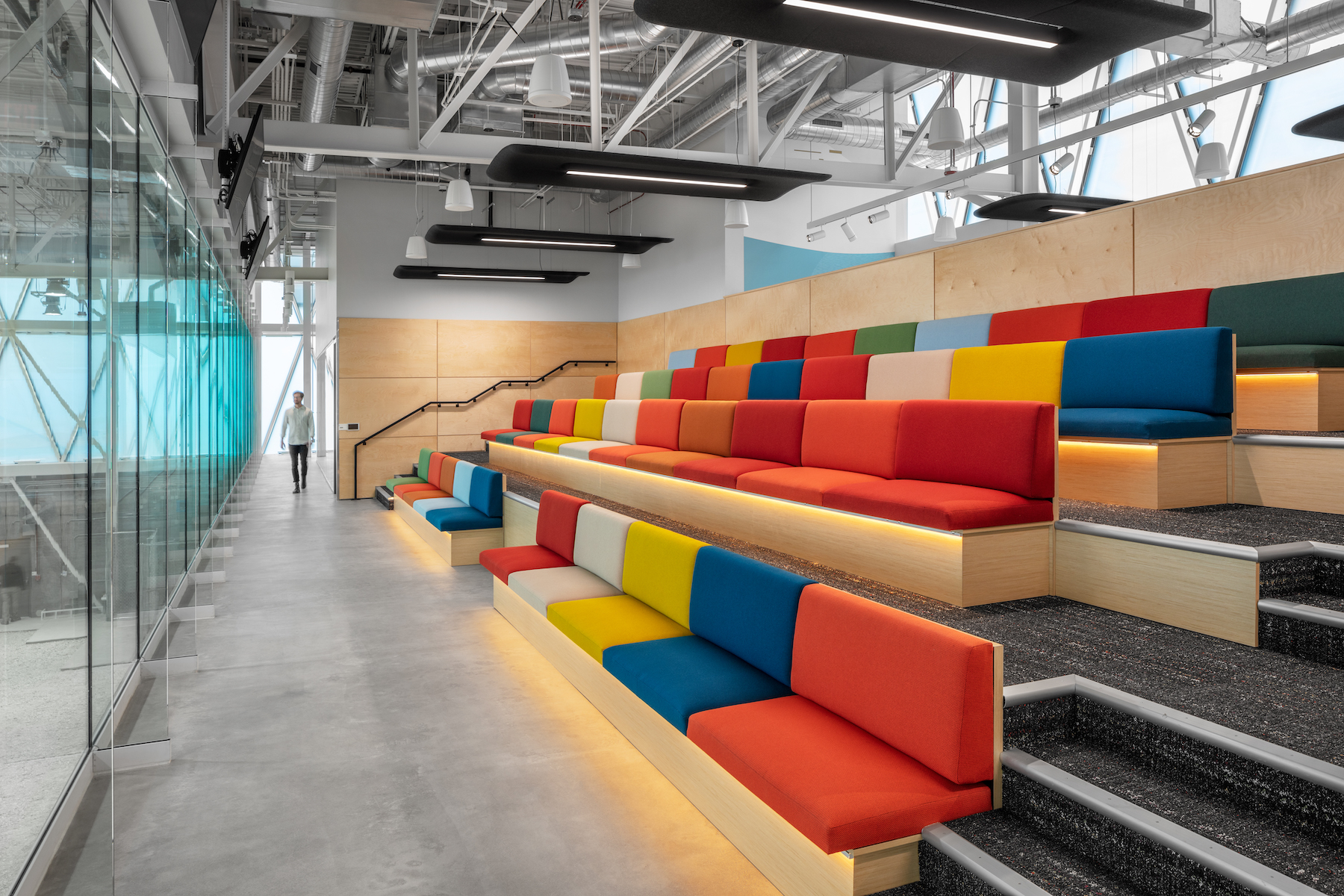
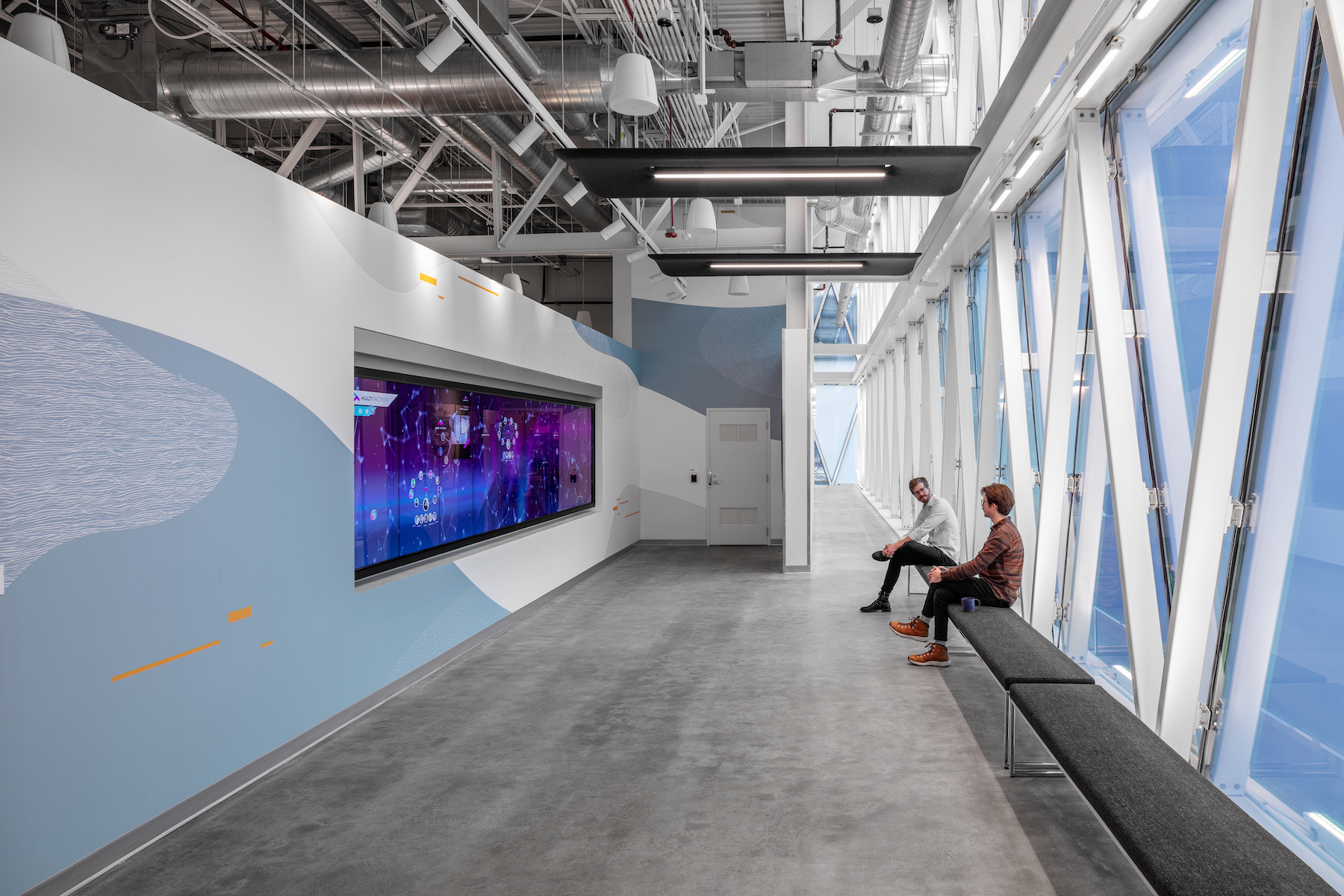
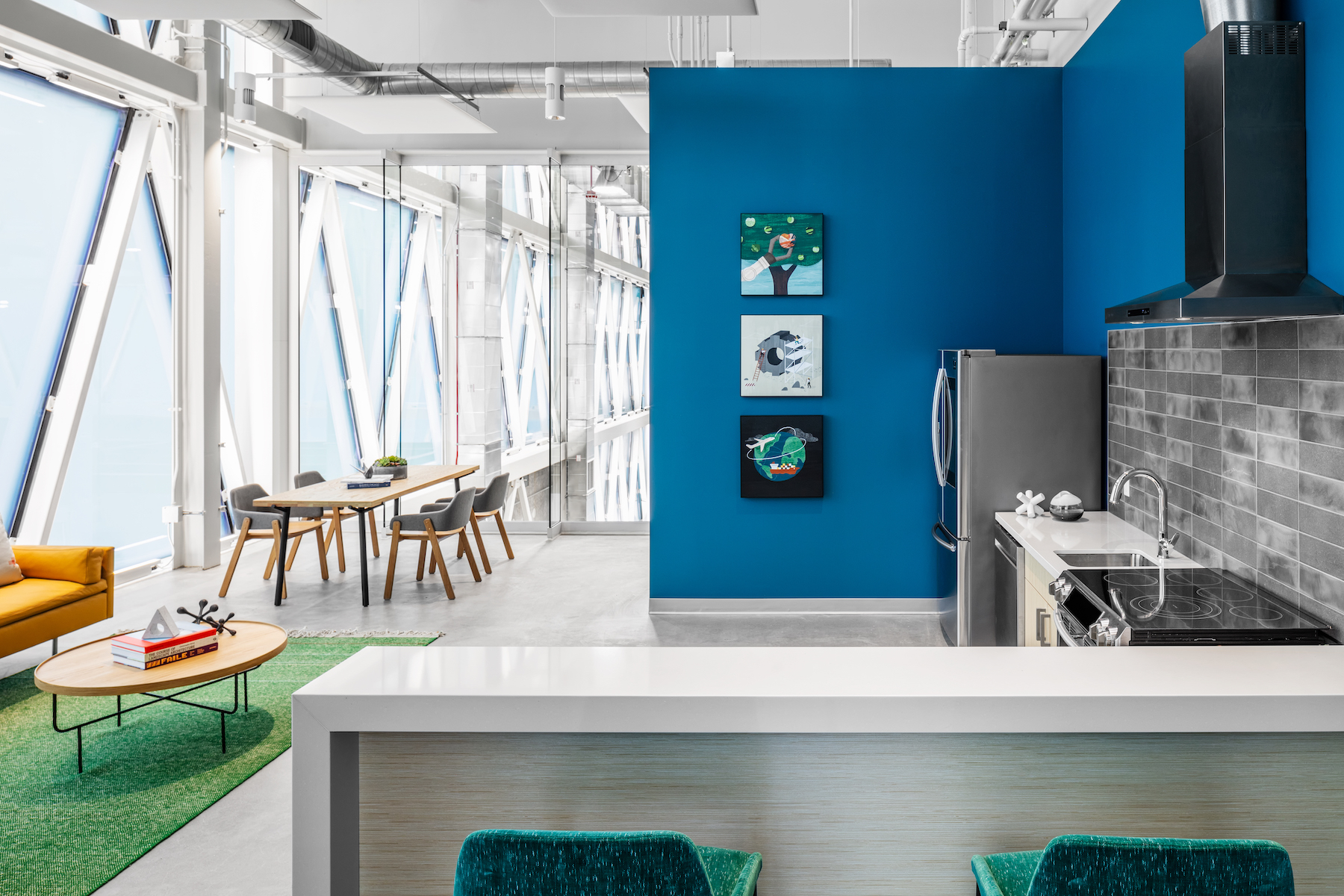
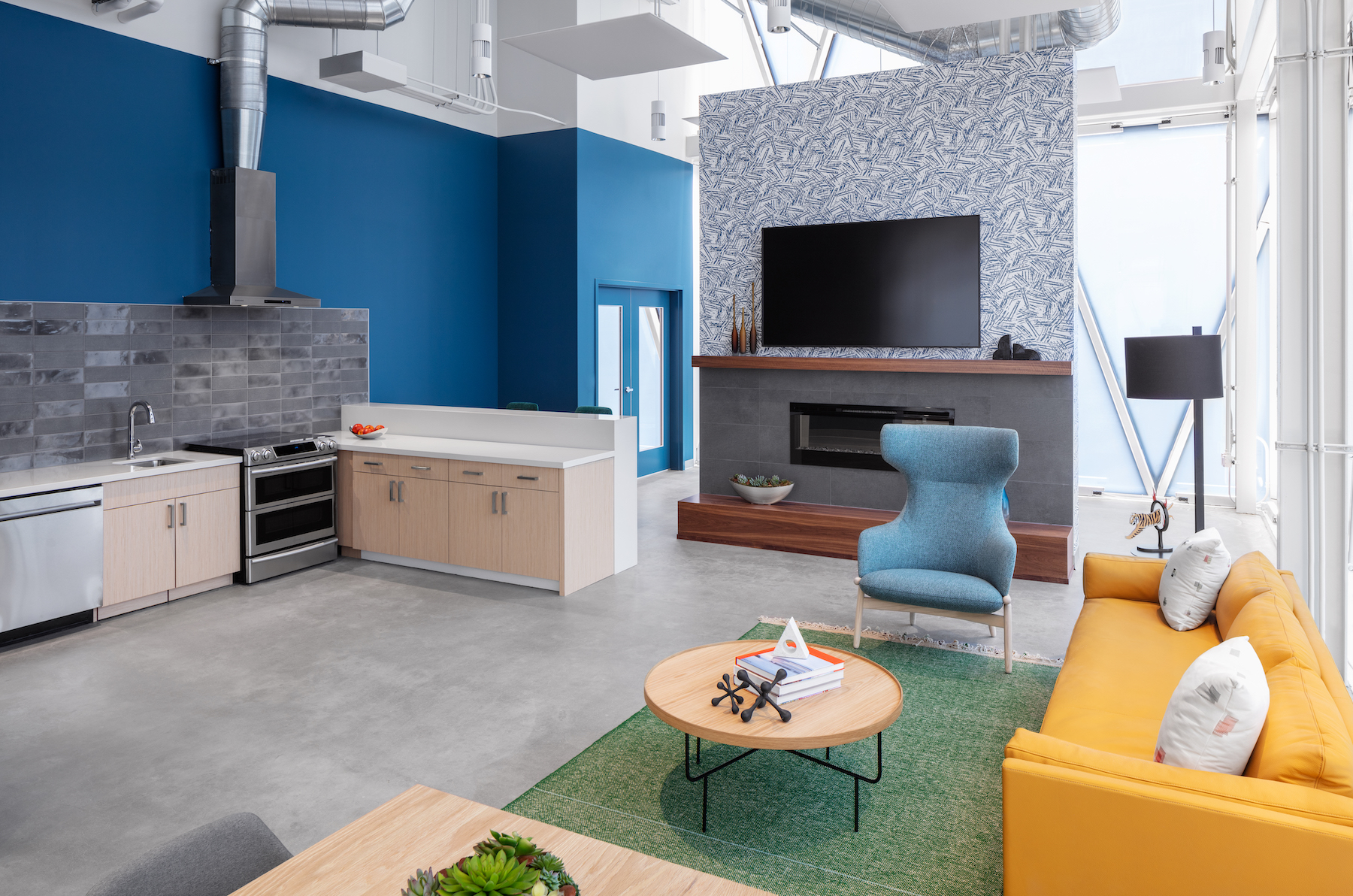
Related Stories
Laboratories | Oct 23, 2024
From sterile to stimulating: The rise of community-centric life sciences campuses
To distinguish their life sciences campuses, developers are partnering with architectural and design firms to reimagine life sciences facilities as vibrant, welcoming destinations. By emphasizing four key elements—wellness, collaboration, biophilic design, and community integration—they are setting their properties apart.
Laboratories | Oct 2, 2024
Trends in scientific research environments: Q&A with Flad's Matt McCord
As part of an ongoing series, Matt McCord, AIA, NCARB, LEED AP BD+C, Associate Principal with Flad Architects, discusses the future of the scientific workplace.
Laboratories | Sep 27, 2024
Traditional lab design doesn't address neurodiverse needs, study finds
A study conducted by ARC, HOK, and the University of the West of Scotland, has revealed that half (48.1%) of all survey respondents who work in laboratory settings identify as neurodivergent.
Laboratories | Sep 26, 2024
BSL conversions: A cost-efficient method to support high-containment research
Some institutions are creating flexible lab spaces that can operate at a BSL-2 and modulate up to a BSL-3 when the need arises. Here are key aspects to consider when accommodating a rapid modulation between BSL-2 and BSL-3 space.
Higher Education | Sep 18, 2024
Modernizing dental schools: The intersection of design and education
Page's John Smith and Jennifer Amster share the how firm's approach to dental education facilities builds on the success of evidence-based design techniques pioneered in the healthcare built environment.
Great Solutions | Jul 23, 2024
41 Great Solutions for architects, engineers, and contractors
AI ChatBots, ambient computing, floating MRIs, low-carbon cement, sunshine on demand, next-generation top-down construction. These and 35 other innovations make up our 2024 Great Solutions Report, which highlights fresh ideas and innovations from leading architecture, engineering, and construction firms.
Laboratories | Jul 3, 2024
New science, old buildings: Renovating for efficiency, flexibility, and connection
What does the research space of the future look like? And can it be housed in older buildings—or does it require new construction?
Mass Timber | Jun 26, 2024
Oregon State University builds a first-of-its-kind mass timber research lab
In Corvallis, Oreg., the Jen-Hsun Huang and Lori Mills Huang Collaborative Innovation Complex at Oregon State University aims to achieve a distinction among the world’s experimental research labs: It will be the first all-mass-timber lab meeting rigorous vibration criteria (2000 micro-inches per second, or MIPS).
Healthcare Facilities | Jun 18, 2024
A healthcare simulation technology consultant can save time, money, and headaches
As the demand for skilled healthcare professionals continues to rise, healthcare simulation is playing an increasingly vital role in the skill development, compliance, and continuing education of the clinical workforce.
Laboratories | May 24, 2024
The Department of Energy breaks ground on the Princeton Plasma Innovation Center
In Princeton, N.J., the U.S. Department of Energy’s Princeton Plasma Physics Laboratory (PPPL) has broken ground on the Princeton Plasma Innovation Center (PPIC), a state-of-the-art office and laboratory building. Designed and constructed by SmithGroup, the $109.7 million facility will provide space for research supporting PPPL’s expanded mission into microelectronics, quantum sensors and devices, and sustainability sciences.


